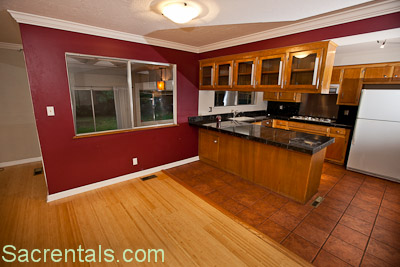

This creates a non-porous, hard surface when cooled, offering durability and stain protection. Glazed Tiles – Glazed tiles have a thin coat of liquefied glass applied to the surface before they are put into the kiln. Grout helps to prevent moisture from reaching the wall, and in turn prevents tiles from separating from the wall, as well as allowing tiles to expand and contract without causing damage. Grout – The substance used to fill gaps between tiles, and is typically a mortar or paste. Granite tiles are incredibly strong and durable, and can be polished to create a stunning and luxurious finish. Granite – This is a natural igneous rock with coarse grain. grout or cement, must be left for in order to dry and harden before being used.Įxtruded Tiles – these are tiles that are formed by pushing clay material through a mould in order to create the tile shape, instead of pressing the tile.įield Tile – the most prominent, or often the largest tile installed when a pattern is being created with tiles of different shapes and sizes.
#Different tiles in adjoining rooms crack#
Now, glazing can be manufactured to shrink and crack during the drying process.Ĭure – How long the tile setting material, e.g.
#Different tiles in adjoining rooms cracked#
Originally this was done through thermal shock – tiles were removed from the kiln and immediately put into freezing temperatures, which cracked the glazing through shrinking. Ceramic tiles are often softer and easier to cut than porcelain, and can be used on walls and floors with light to moderate traffic.Ĭhiselled Edge – The edge of a tile is chipped away using a tile, to create a rough and rustic aged appearance.Ĭrackle Glaze – A process whereby the glazing on top of the tile is deliberately cracked, which gives an aged effect and ensures each tile is unique. Most common ceramic tiles are made from clays. By using caulk you reduce the potential for mould and mildew to form.Ĭeramic Tile – Ceramic tiles are made from a crystaline or part-crystaline structure, formed by heat from inorganic materials. This can also be used to describe where two tiles are installed with only a very small gap between them for grouting.Ĭaulk – This is a waterproof filler, used to seal joints and make them watertight.

In comparison, a brushed finish smooths the surface of the tile down slightly, but without losing the natural style of the tile.īutt Joint – A butt joint is where a field of tiles meets an adjoining wall, and the tiles are installed directly against the adjoining wall. This is also referred to as a broken joint, where each row is offset by half the length of a tile.īrushed Finish – Slate tiles and other tiles can have a riven finish, which is typically quite hard. The biscuit is the main part of a glazed tile that is typically manufactured from clay or porcelain, and the glazing is applied on top of the biscuit.īrick Pattern – This is when tiles are laid in a particular way that resembles a traditional brick wall, at staggered intervals. This finish can be achieved through the use of chemicals or machinery.īevelled Edge – on tiles or flooring, bevelled edges are edges that have been manufactured so that they slope down at a subtle angle instead of being perpendicular.īiscuit – also known as bisque, or body, biscuit is a term used in reference to a glazed tile. Here at Tile and Floor Superstore we’ve created a glossary of terms to help you understand exactly what you’re looking for.Ī B C D E F G H I J K L M N O P Q R S T U V W X Y ZĪdhesive – the substance used to secure tiles to a surface, also known as bonding material.Īntique Finish – a rustic or distressed texture, created to replicate the effects of the ageing process. When researching to find the best tiles for your latest project, the wide range of terminology used can be confusing.


 0 kommentar(er)
0 kommentar(er)
